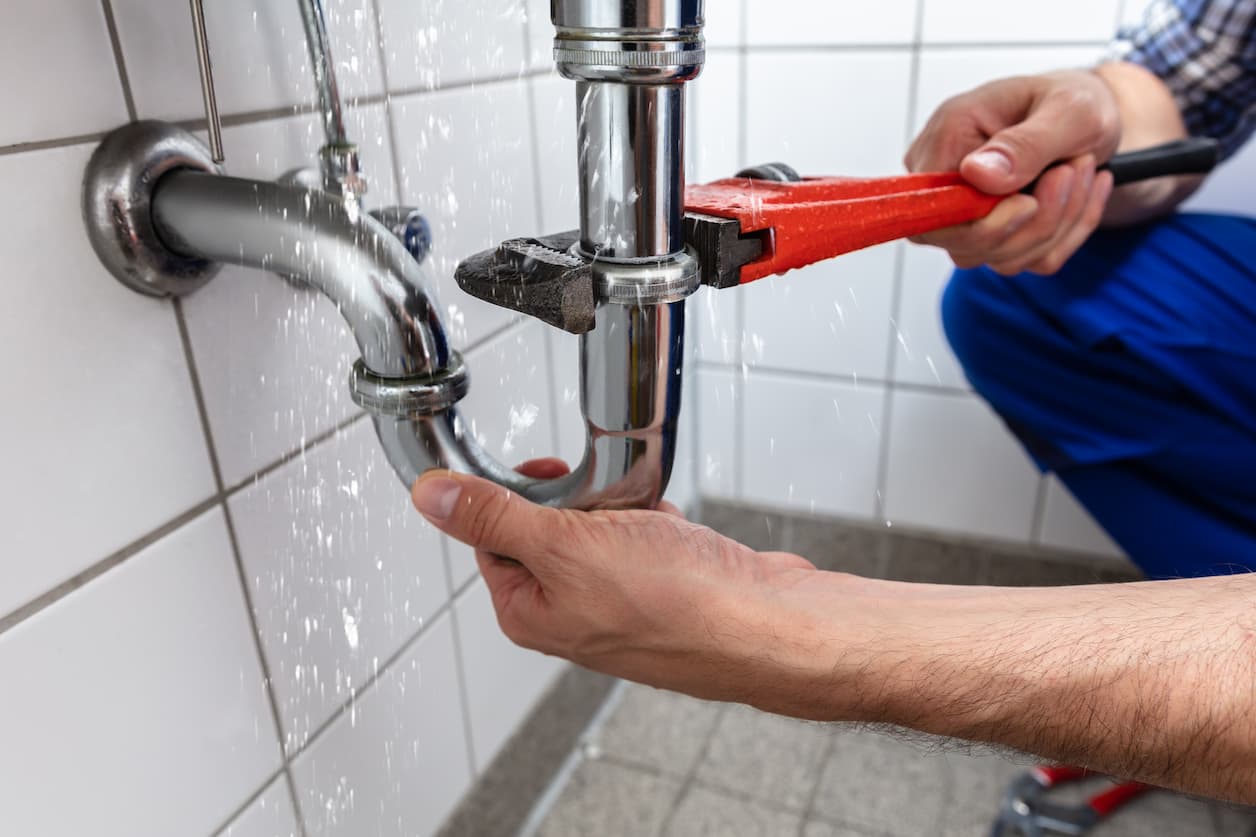When you hear the word plumbing, what comes to mind?
Perhaps images of septic tanks overflowing with waste; or even more mundane scenarios such as leaky faucets and clogged drains. However, have you ever considered an issue in your piping system that may be causing those annoying bathroom noises when getting ready in the morning?
Have no fear! If you’ve been pondering how to locate a leak in your plumbing system, then this guide is for you.
1. Turn off the water at the main
If your residence utilizes a water supply system, chances are that it’s provided by a utility company. If the utility service hears a leaky faucet or other pipe issue, they could dispatch someone in an emergency to check things out and likely turn off their water supply for some reason!
Before any emergency shutoff can occur, make sure that you switch off the main shutoff valve at your dwelling.
2. Check for drips or cracks around pipes and joints
When you’re undertaking any remodeling, leaks are an inevitable consequence of the process. Discovering them can be rather alarming; fortunately, there are a few easy ways to locate potential sources of water escaping from your pipes and plumbing joints!
1) Turn off the faucet or drain spout. This will provide an opportunity to observe any drops in level on your fixtures. If they persistently remain at a consistent level despite your efforts to shut off the water supply, that’s a potential sign of trouble!
3. Check for water leaks in “hidden” areas
For those properties that boast a noteworthy, expansive facade or vistas with numerous windows, there may be additional areas where a leak could occur without detection.
For instance, leaks in toilets can occur underneath the tank or bowl itself; around the flapper valve; or even beneath the exit, leaving behind a trail of water which could lead you right to their location!
Possessing a keen eye is all it takes when investigating suspected leaks in your plumbing system. Don’t hesitate to explore where they might be, small ones can turn into big issues if left unattended!
4. Check for water leaks under the sink
Have a look under your kitchen sink for any signs of water damage. If you notice any discoloration or leaks, be sure to contact a plumber as soon as possible!
If you’re diligent about checking under the sink, chances are there will never be any surprises when it comes time for repairs; however, if there are any issues with leaky pipes or faulty faucets, they’ll probably manifest sooner rather than later. It’s important to know when it’s time to call in an expert!
5. A plumber might be needed to fix a leak
To solve the problem, you could employ any of the preceding options. If a plumber is necessary, their services may range from $200-$2,000 depending upon what has been broken and how much work needs to be done.
Don’t fret if you cannot identify where or why your plumbing system is malfunctioning. Take heed of this handy guide for identifying leaks; it will prove indispensable in aiding you locate them!
Conclusion
The leak detection process is an essential component of any plumbing service, from annual checkups to minor repairs. It can pinpoint problems before they become major issues, allowing you to take proactive measures against them instead of merely recovering from them when they occur.

